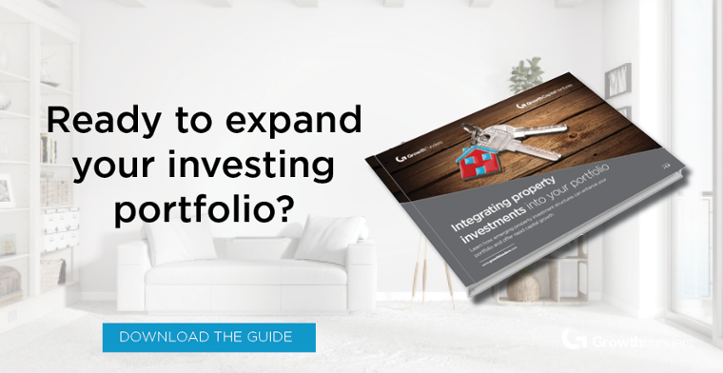Which exit strategies can deliver the best ROIs?
Rise of the Online Angel Investor series: #10
Choosing to invest in unlisted companies (start up, early stage and some established) as part of a diversified portfolio, is a medium-to-long term investment strategy.
If you make the right choices, it is one of the UK’s best asset classes with potential returns at between 22-25% being generated from 3 to 10 years. Start up businesses need time to grow, mature, and become successful so that they can deliver these levels of return.
Now for the technical bit...unlisted companies are also referred to as “non-readily realisable investments” by the Financial Conduct Authority (FCA), which means that there is decreased liquidity in unlisted shares.
This is because there is currently a limited secondary market for these shares, like the ones which exist for listed companies bought on the stock exchange - FTSE100, etc. However, this will change as the market evolves.
Returns are most likely to be generated when the business exits, or reaches some other major milestone. With this in mind, make sure you know what to look for prior to making an investment.
Perhaps even more important than the 5Ms of investment: Management, Market, Model, Money, and Momentum (which you can find out more about here) is the intended exit strategy of the business.
Why do you need to know about the end before you start investing?
Because some exit strategies generate returns faster than others. When you receive a ROI depends on both the success and growth of the investee business, as well as the exit strategy they choose. For early stage businesses with high growth potential, there are generally four potential exit strategies:
-
Trade sale
-
Sale to private equity house
-
IPO (Initial Public Offering)
-
Share buyback

Let’s take a closer look:
#1 Trade sale
This is where the business is bought by another entity and is usually a strategic fit. Remember when Facebook bought Oculus VR off the back of the success of the crowdfunding round of their Oculus Rift?
#2 Sale to private equity house
This is where a business is bought by a fund. The capital is used to do things like fund new technologies, expand working capital within an owned company, make acquisitions, or to strengthen a balance sheet.
#3 IPO (Initial Public Offering)
This is where the shares of the company are sold to the public and traded on the stock exchange. When this happens, there is usually high potential for return and a conversion to cash for investors.
A local (to GrowthFunders) example of a start up reaching an Aim listing is Utilitywise, an energy management business, from South Shields. In 2012, they raised £6.9 million gross through a placing of shares. You can read more about the IPO here
#4 Share buyback
This is where the founder of the business uses an alternative finance solution. When a start up business does exceptionally well, the business owner can buy back the shares they initially sold when raising seed or early stage investment.
In this case, the investor would usually receive a return on investment in a shorter amount of time than waiting for the business to exit.
So which exit strategy is best?
Obviously that depends on what you want. No one other than you knows what your definition of “best” is. In the world of early stage investing, you are unlikely to receive a quick ROI, but this is because the businesses are building towards something bigger.
If done correctly, investing in this asset class brings high rewards. When building your diversified portfolio, invest in businesses which have different exit strategies.
Therefore, your returns should be generated at different times and you won’t be left waiting for 10 years before you receive ROIs you make in this asset class.
GrowthFunders: Home of the online angels
- What is online angel investing?
- How online angel investing in important to the UK economy
- What is the risk v. reward profile
- How to invest online
- What tax benefits are available to investors?
- The 5 ”M”s of investing
- The “what”, “how”, and “why” of building a diversified portfolio
- Conducting due diligence when investing online
- How to syndicate investments in start ups with equity crowdfunding
- Which exit strategies can deliver the best ROIs?

%20(3)%20(2).jpg)







